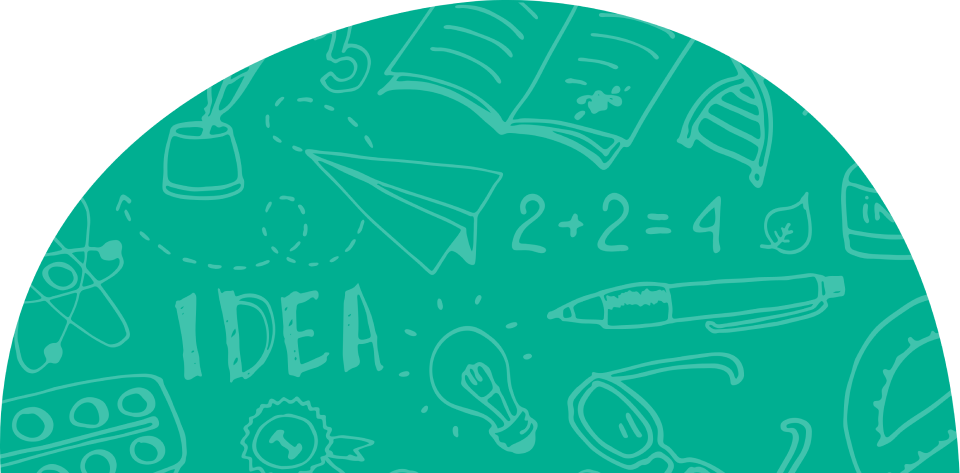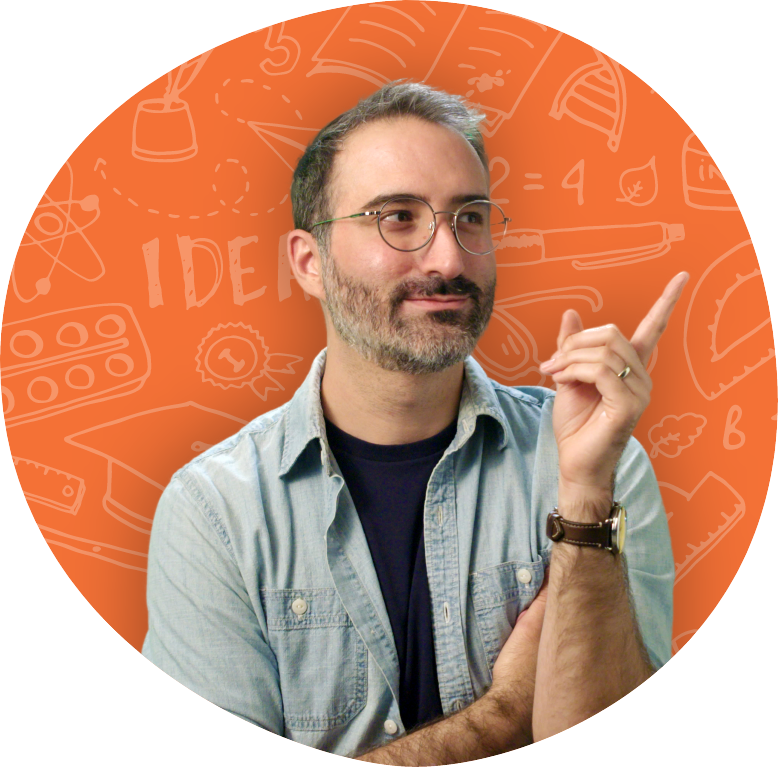The Praxis 5235 exam has been retired and replaced by the Praxis 5236 exam. To prepare for the Praxis Biology (5236) exam use our updated Praxis 5436 practice test!
Welcome to 240 Tutoring’s free practice test for the Praxis (5235) Biology exam! Passing the Praxis Biology exam is a critical step towards receiving your Praxis teaching certificate. We’ve developed this practice test to give you an idea of what to expect on the actual Praxis (5235) Biology exam and to serve as a diagnostic assessment to help you study.
Our practice test will cover every concept tested on the Praxis Biology (5235) exam and will mimic the format and question types of the real exam. By taking this practice test, you will gain a better understanding of the exam’s structure and content, helping you identify specific areas you may need to improve upon before taking the official test.
We hope that this practice test will help you gain the confidence you need to pass the Praxis (5235) Biology exam and progress towards your career goals. Good luck!
Praxis (5235) Biology Practice Test Overview
The practice test will consist of 50 multiple choice questions covering 26 concepts. The number of questions for each concept are proportional to the weight of that concept used in the official scoring of the Praxis (5235) Biology exam.
The concepts covered in the Praxis Biology practice test include:
Atoms & Molecules, Organ Systems, Species Relationships and much more!
Practice Test Format
You will have unlimited time to complete all 50 questions on the Praxis (5235) Biology practice test. You will not be allowed to skip questions during the practice test. Each question must have a marked answer before proceeding to the next question.
Scoring
The Praxis Biology practice test is scored on a range of 0 to 100. More importantly, the practice test score report will include your performance by concept.
Once answered, each question will provide immediate feedback on the correct answer and you will receive a full score report and study plan if you complete the practice test in its entirety.
How to use the Praxis Biology Practice Test
A practice test can be an effective tool for the Praxis (5235) Biology if you use it correctly! Follow these tips to get the most out of your free Praxis Biology test:
- Mimic test day conditions to the best of your ability. Set aside enough time to take the full practice test. Take the test in a quiet area with minimal distractions. Do not take the practice test with open notes.
- Use the practice test as a diagnostic tool to assess your strengths and weaknesses.
- Develop a study plan based on your score report prioritizing the important Praxis (5235) Biology concepts where you need improvement.
- Use 240 Tutoring! At the end of the practice test we will provide you with a personalized study plan based on your results to use right within our study guides!
More Praxis Practice Tests
Praxis Elementary Education (5001) Practice Tests
Praxis Praxis Core (5752) Practice Tests
Praxis Middle School English Language Arts (5047) Practice Test




